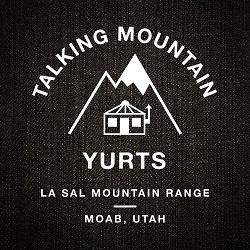Forecast for the Moab Area Mountains

Issued by Eric Trenbeath for
Tuesday, March 5, 2024
Tuesday, March 5, 2024
The avalanche danger is CONSIDERABLE on steep slopes near treeline and above that face NW-N-E. Human triggered avalanches involving slabs of wind drifted snow up to 2' deep are likely. In these same areas, deep drifts have added stress to a buried persistent weak layer increasing the likelihood for a much deeper avalanche. Backcountry travelers should avoid all steep, wind drifted, northerly facing terrain.
A MODERATE danger for wind slab avalanches can be found on all other aspects and elevations. Wind drifts are often recognizable by their smooth rounded appearance, and cracking or collapsing is a sign of instability. Avoid steep slopes that have recent deposits of wind drifted snow.

Low
Moderate
Considerable
High
Extreme
Learn how to read the forecast here





